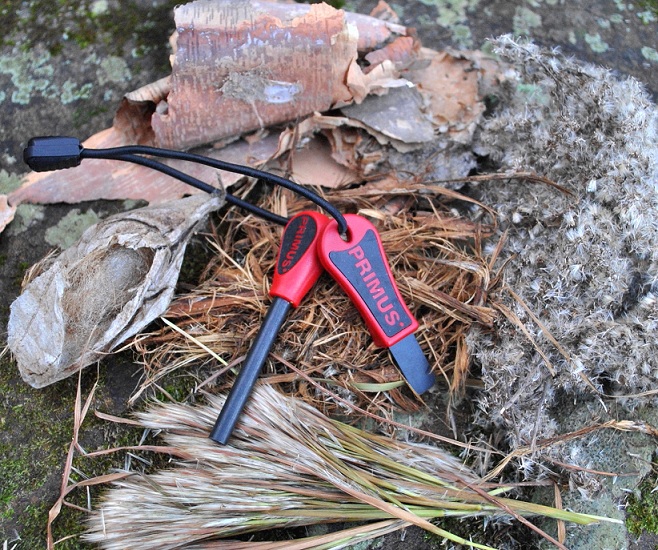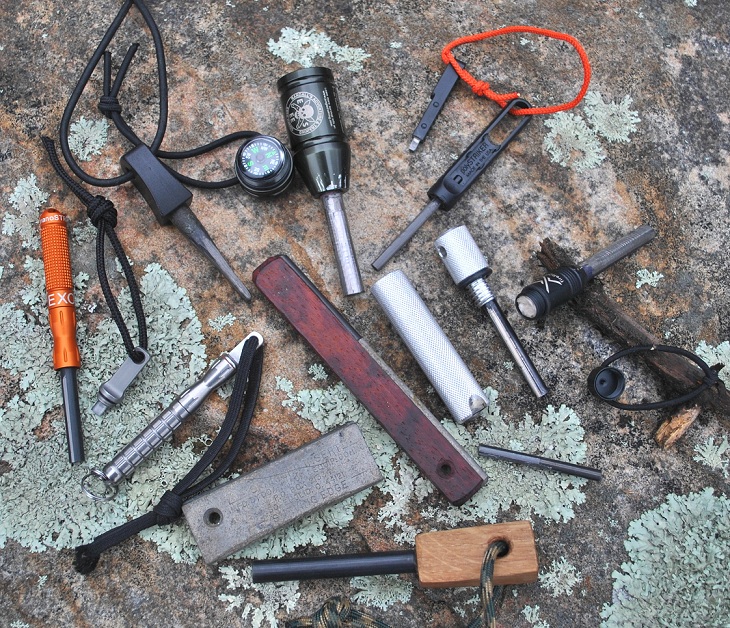Southeast Wilderness Survival
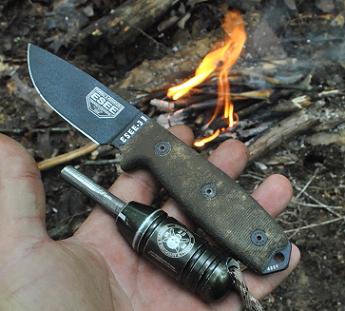
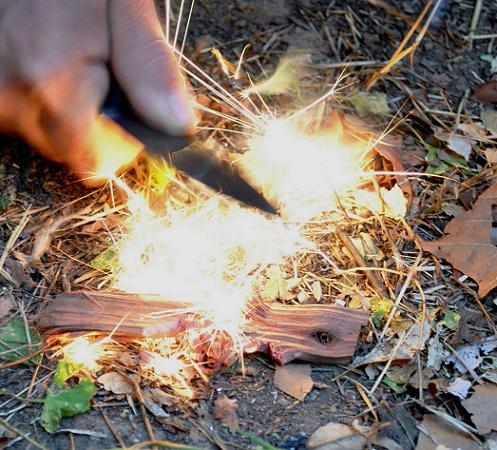
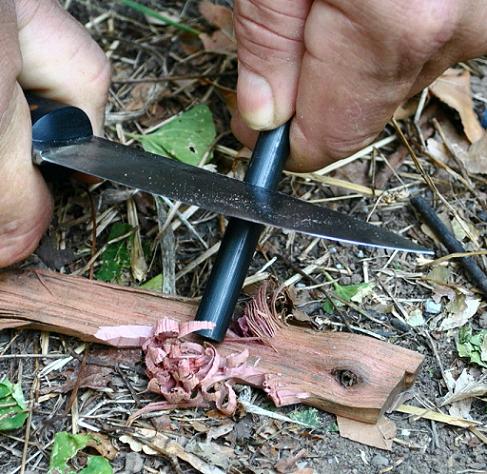
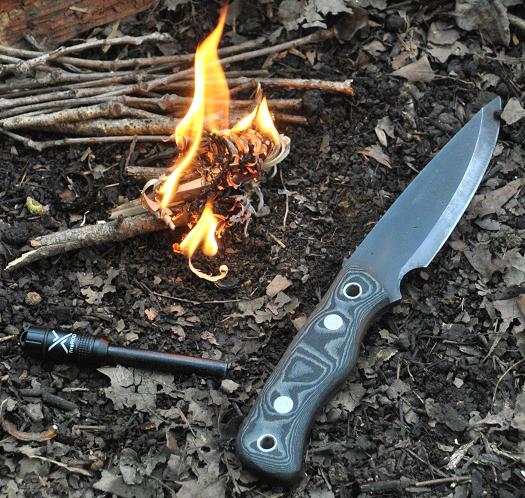
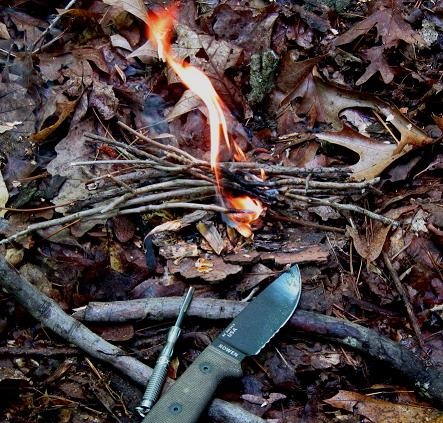

Ferrocerium (Fire-steel)
Spark based fire lighting is divided into two categories because there are primitive and modern methods for using sparks to create fire. The primitive methods, using flint and steel, will work fine for starting fires yes, and sometimes the materials to do this can be found within the natural environment. However modern methods using fire steels, or ferrocerium rods, work quicker and with a wider variety of tinders, are much easier to use, and produce a lot more sparks. I am a strong advocate of having at least one type of ferro rod along, as an emergency fire starter, on any trip to a wilderness environment.
Spark based fire lighting is divided into two categories because there are primitive and modern methods for using sparks to create fire. The primitive methods, using flint and steel, will work fine for starting fires yes, and sometimes the materials to do this can be found within the natural environment. However modern methods using fire steels, or ferrocerium rods, work quicker and with a wider variety of tinders, are much easier to use, and produce a lot more sparks. I am a strong advocate of having at least one type of ferro rod along, as an emergency fire starter, on any trip to a wilderness environment.
There are several models to choose from when it comes to picking a ferrocerium based fire starting device, and there are some things to consider when choosing. If the ferro rod is to be carried in a kit or pack then most will work as well for you as any. If you intend to carry the rod close to the body while sweating or in a salt water environment then it should be one that seals the rod away from the elements in carry mode, or you should carry it in a sealed container. Also if traveling through a frigid environment then you should choose one large enough to work with with cold hands and decreased dexterity. One with an on-board or built-in striker is always a good option.
Ferrocerium will work well for starting fires using a wide range of tinder material both chemical or organic, and this is the reason this type of fire starter has become so popular among outdoor enthusiasts. Small containers of chemical tinders, such as Wet-Fire, Trioxane, or PJCBs, can be carried along to tend to those fire-needed-now contingencies that can arise, and then even if those are depleted the rod can still be used to light fires using organic tinder materials such as dry leaves, dry grasses, wood shavings, seed tufts, and papery barks.
